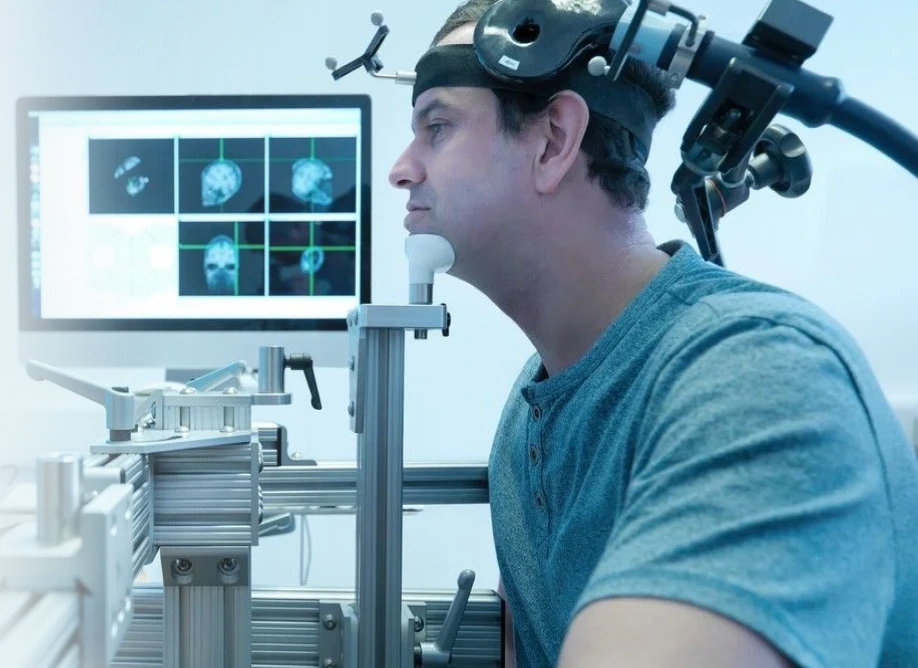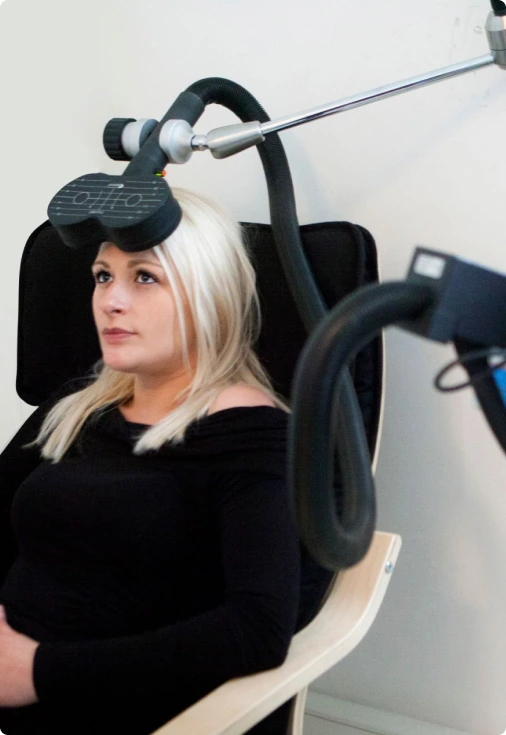If you are seeking an innovative treatment option for bipolar disorder, our database offers all the information you need. You can find the best TMS practitioners in your area, compare them, and select the one that suits your needs. On this page, we focus on how TMS may be an effective solution for managing bipolar depression and the benefits it provides. Whether you are exploring this innovative therapy for the first time or looking to understand its role in your treatment plan, we will guide you through what TMS can offer for your mental health.
TMS for Bipolar Disorder
If you are seeking an innovative treatment option for bipolar disorder, our database offers all the information you need. You can find the best TMS practitioners in your area, compare them, and select the one that suits your needs. On this page, we focus on how TMS may be an effective solution for managing bipolar depression and the benefits it provides. Whether you are exploring this innovative therapy for the first time or looking to understand its role in your treatment plan, we will guide you through what TMS can offer for your mental health.

What Is Transcranial Magnetic Stimulation?

TMS has emerged as a promising treatment option for bipolar depression, offering hope to patients who may not respond well to conventional therapies. The FDA granted Breakthrough Device designation to NeuroStar® Advanced Therapy machine in 2020, marking a crucial milestone in TMS treatment for bipolar depression. This designation acknowledges the potential of TMS to address an unmet medical need in treating this form of depression, which is a particularly challenging aspect of bipolar disorder.
Bipolar depression is a phase of bipolar disorder characterized by depressive symptoms, but it differs significantly from unipolar (major) depression. While unipolar depression involves persistent low mood without periods of elevated or manic states, bipolar depression is mixed with such episodes. The fluctuations between depressive and manic phases are typical for bipolar disorder. In contrast, unipolar depression presents as a continuous low pattern without mood elevation. This distinction is crucial for diagnosis and treatment, as the strategies for these two psychiatric disorders differ.


Once the target is identified, the magnetic coil is positioned, and the therapy begins. Pulses are delivered in short bursts or repetitive sequences, known as repetitive transcranial magnetic stimulation (rTMS), at a frequency determined by the treatment plan. The session may last between 3 and 40 minutes. Patients might hear clicking sounds from the machine and feel a tapping sensation on their scalp.

If the patient is experiencing suicidal ideation, specific TMS regimens can be highly beneficial. For instance, the SAINT protocol involves an intense therapy of 10 daily treatments for 5 days. It can alleviate the symptoms and restore mental wellness.
Reduced Depressive Symptoms
TMS has shown significant effectiveness in alleviating depressive episodes in bipolar patients. The targeted magnetic ... stimulation helps normalize neural activity in regions of the brain associated with mood regulation, leading to an improved psychological state. This therapy can be highly useful in treating bipolar disorder.
Read MoreNon-Invasive Treatment
Unlike more invasive procedures, TMS doesn't require surgery or implants. The treatment is provided externally ... through magnetic pulses, making it a safer alternative for bipolar-depressed patients who cannot tolerate invasive operations or prefer to avoid discomfort.
Read MoreMinimal Side Effects
Compared to traditional medications used for mood disorders, TMS typically produces fewer and weaker side effects. ... Most patients experience only minor discomfort during treatment, such as mild headaches that usually subside quickly after sessions.
Read MoreMedication-Free Alternative
TMS can be particularly beneficial for patients who cannot tolerate bipolar drugs or experience severe side ... effects from them. It provides an alternative treatment pathway that doesn't involve pharmaceuticals.
Read MoreCustomizable Treatment Approach
The intensity and frequency of TMS can be adjusted according to each patient's specific needs and response to therapy. ... This personalization allows for optimal outcomes while maintaining safety and comfort.
Read MoreLong-Lasting Results
Many patients experience sustained improvement in their bipolar symptoms following a complete course of TMS treatment. ... Some individuals maintain positive results several months to a year after therapy completion. Maintenance treatment can be provided to sustain the improvements in the longer term.
Read MoreImproved Quality of Life
By reducing depressive symptoms, TMS may enhance overall functioning, strengthen relationships, increase work productivity, ... and bring joy to daily activities. It can also prevent the development of other mental disorders.
Read More